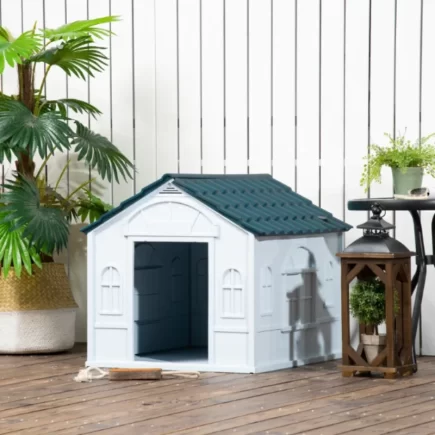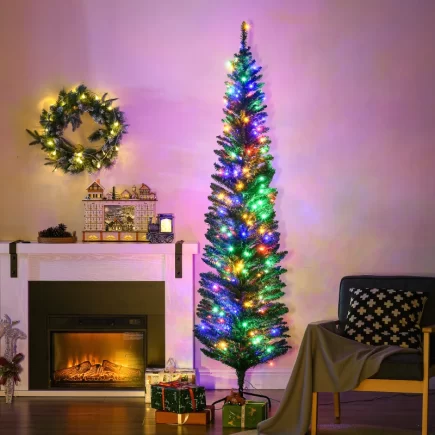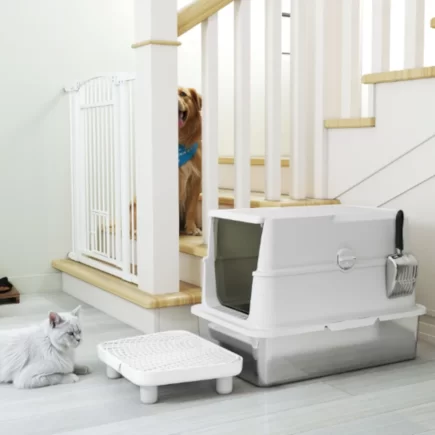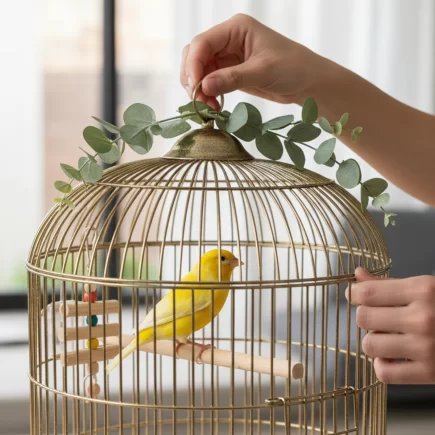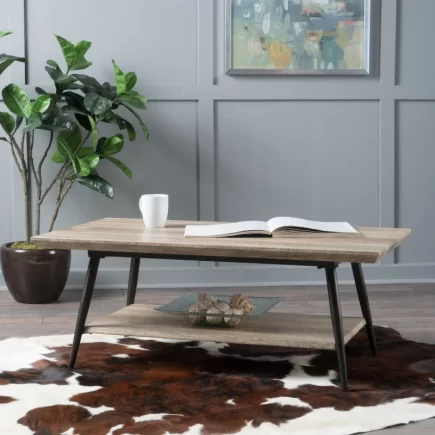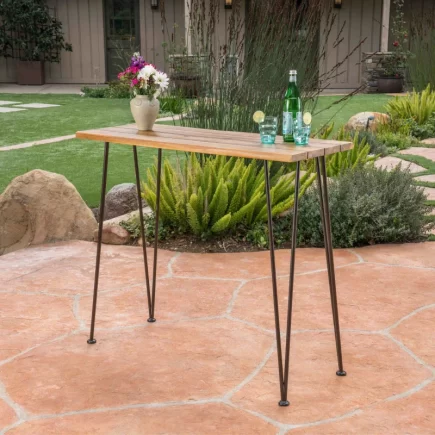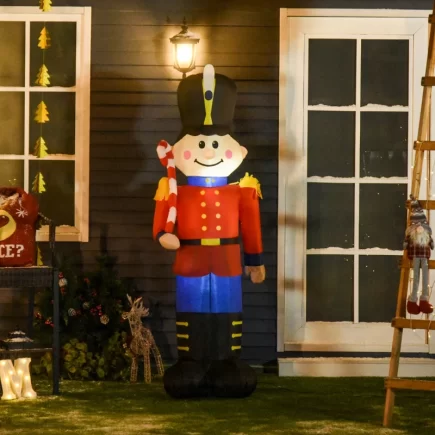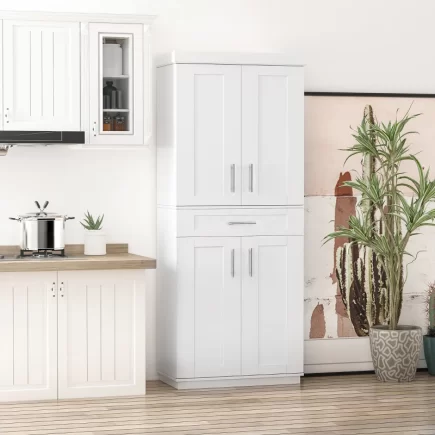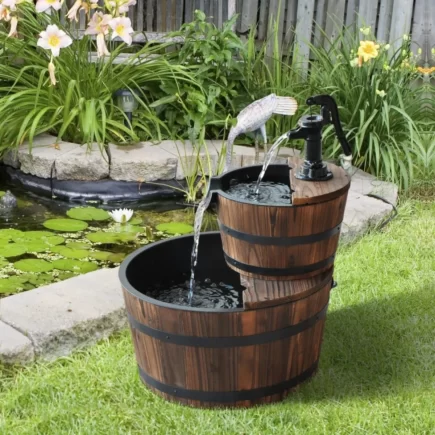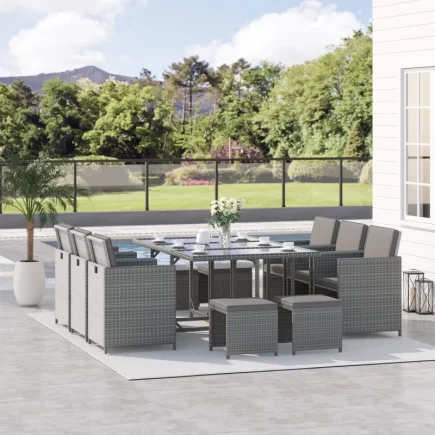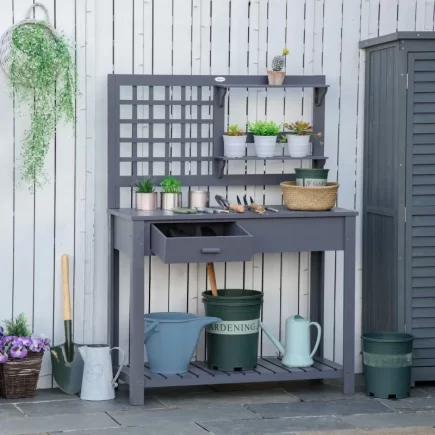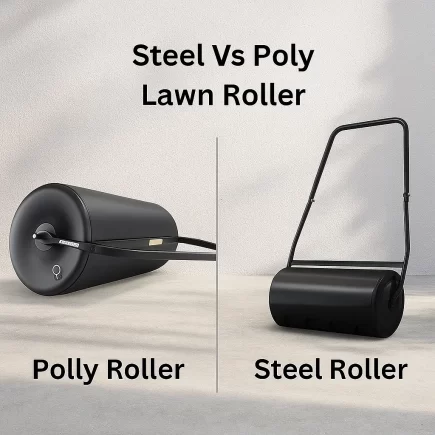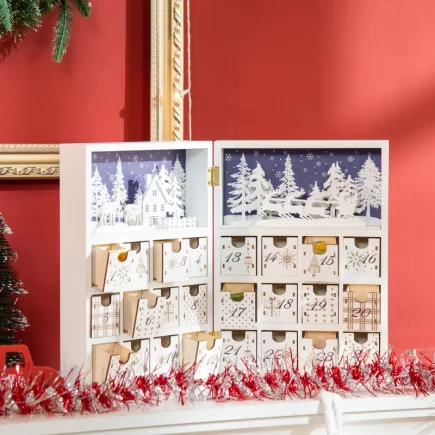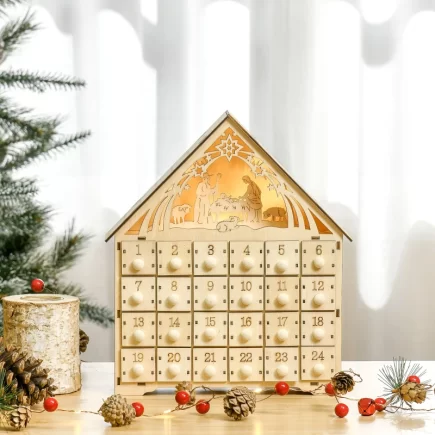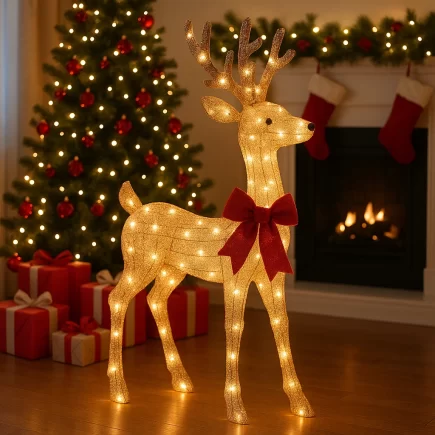Indoor plants deserve more than just a spot on the floor, they thrive when displayed on a stand that adds both height and style. A plant stand not only lifts your greenery closer to natural light but also protects your floors and complements your décor.

While you can buy pre-made stands, they often come with a high price tag and limited options in size or finish. Building your own indoor plant stand is a budget-friendly project that allows you to customize the design to fit your space perfectly. With a few basic tools and materials, you can craft a sturdy, attractive stand that looks like it came straight from a store.
Tools and Materials You’ll Need
| Category | Item | Budget Option | Upgrade Option | Purpose |
| Wood | Pine boards, crates | Reclaimed pine | Cedar or teak | Main structure of the stand |
| Fasteners | Screws, dowels, glue | Standard screws & elmer’s | Pocket hole screws & Gorilla Glue | Holds parts together securely |
| Tools | Saw | Hand saw | Miter saw | Cutting wood to size |
| Tools | Drill + bits | Basic cordless drill | Corded drill or Kreg jig | Making pilot holes and pocket holes |
| Sanding | Sandpaper | 120–200 grit sheets | Orbital sander | Smoothing surfaces and edges |
| Finish | Paint/Stain/Sealant | Interior latex paint | Outdoor oil-based stain & seal | Protection against moisture and wear |
| Safety | Glasses & gloves | Standard protective gear | Heavy-duty protective set | Keeps you safe during cutting/drilling |
Tip: If this is your first project, stick with pine wood. It’s inexpensive, lightweight, and easy to cut.
Measuring and Planning Your Plant Stand
Every successful project starts with good planning. The right measurements will ensure your stand is both functional and safe.

Table: Suggested Dimensions
| Pot Diameter (inches) | Base Width (inches) | Stand Height (inches) |
| 6–8 | 8–10 | 8–12 |
| 10–12 | 12–14 | 12–18 |
| 14–18 | 16–20 | 16–24 |
Pro Tip: Taller stands look elegant but can become unstable with heavy pots. Keep proportions balanced.
Cutting the Wood Pieces
Now it’s time to prepare the wood for your stand.
Cutting the Base
- Cut two pieces of wood for the X-shaped base.
- Each piece should be the same width as your pot’s base.
- Mark and cut a half-lap notch at the center of both pieces so they interlock.

- Test-fit the two pieces together; sand or trim if needed for a snug fit.
Cutting the Legs
- Cut four legs to equal length (12–18 inches, depending on your design).
- Ensure all cuts are straight and square to avoid wobbling.
- Drill pocket holes at the ends of the rails or legs if using a pocket-hole method.
Tip: Use clamps to hold the wood steady while cutting. Consistency here ensures balance later.
Building the Base
The base forms the core of your plant stand.
- Apply wood glue inside the half-lap notches.
- Fit the two cross pieces together to form an “X.”

- Clamp securely until the glue sets.
- Check that the cross sits flat on the surface; sand lightly if uneven.
Attaching the Legs
This step gives your plant its final height and stability.
- Position one leg at each end of the X-base.
- Drill pilot holes through the base into the legs.
- Apply wood glue at each joint before fastening.
- Secure with screws, dowels, or pocket hole screws.
- Double-check that all legs are even and the stand sits level.
Pro Tip: Dry-fit everything first to confirm alignment before adding glue or screws.
Final Steps
- Sand all edges smooth to avoid splinters.
- Apply paint, stain, or sealant depending on your desired finish.

- Test stability by placing a pot without soil first.
- Once stable, add your plant and admire your finished stand.

Variation: Crate Plant Stand
If you want something different, try building with crates.
- Arrange crates in a tiered or L-shape design.
- Drill pilot holes and attach crates with wood screws.
- Add tapered legs using angled top plates.
- Finish with paint or a protective coat.
Pro Tip: Mix crate sizes for a staggered display that works well in corners or against walls.
Simple Alternative Without Power Tools
Not ready for saws and drills? No problem.
- Pre-cut wood: Buy legs and boards already cut, then assemble with brackets and screws.
- Repurposed furniture: Use an old stool or side table as a plant stand.
- Stackable blocks: Place sturdy cubes on top of each other for a minimalist stand.
Final Checks for Durability and Stability
Before placing your plant, test your stand.
- Place the pot without soil to check balance.
- Add soil and plant slowly, checking for wobble.
- Gently push the stand from all sides to test stability.
- Add felt pads to protect floors.
Common Problems and Fixes
| Problem | Cause | Fix |
| Wobbly stand | Uneven leg length | Sand legs until level |
| Splitting wood | No pilot holes | Always pre-drill holes |
| Water damage | No sealant | Apply 2 coats of finish |
| Tipping pot | Base too small | Rebuild with wider base |
Making your own indoor plant stand is a rewarding project that combines practicality with creativity. By following these steps, you’ve created a custom piece that showcases your plants, blends with your décor, and stands strong for years to come. Whether you keep it simple with natural wood or finish it with stain or paint for a polished look, the result is a one-of-a-kind stand that adds personality to your home.
Not in the mood to DIY? You can always choose from our selection of ready-to-use Indoor Plant Stands that offer the same blend of function and style, without the work. Either way, your plants get the perfect stage to shine.
FAQs
1. What’s the easiest way to prevent water damage from plant pots?
Place a drip tray beneath the pot to catch excess water. For extra protection, apply two or more coats of sealant. This keeps the stand safe from moisture.
2. What if I don’t have access to power tools?
Opt for pre-cut wood pieces available at hardware stores. You can also repurpose stools or side tables. Simple brackets and screws allow tool-free assembly.
3. Can I build a multi-tier indoor plant stand that holds multiple pots?
Yes. You can design multi-tier or shelf-style stands using longer boards or stacked crates for displaying several plants together.

